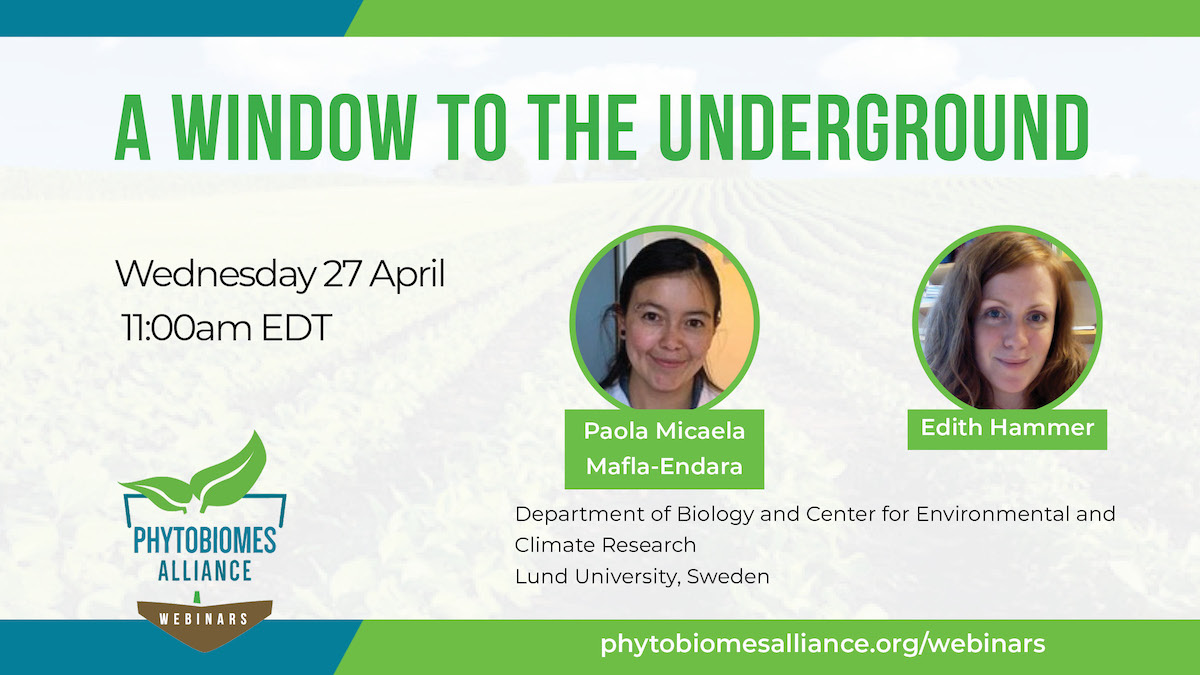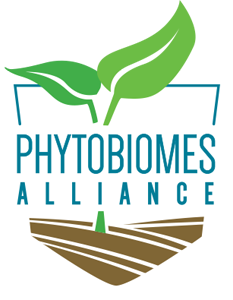
A window to the underground
April 27, 2022
Location
Online
Presenters
- Paola Micaela Mafla-Endara, Department of Biology and Center for Environmental and Climate Research, Lund University, Sweden
- Edith C. Hammer, Department of Biology and Center for Environmental and Climate Research, Lund University, Sweden
Outline
Soils form the foundation of life on earth and are likely the most species dense habitats on our planet. Despite their fundamental importance, soils and their complex microbial communities have historically been one of the most challenging habitats to study because of their blend of diverse materials and organisms in a complex spatial arrangement, and their opacity.
We have now developed a transparent microfluidic device that mimics main aspects of the soil spatial configuration, in order to study how soil microbes live and interact with each other and their surroundings. These devices, also known as Soil Chips, allow us to understand how microbes respond tospatially defined pores under different environmental conditions, and how this affects soil functions like e.g. physical soil carbon stabilization.
Our devices can be inoculated with fluorescent microbial strains and fluorescent substrates that allow for example, the investigation of organic matter cycling; or they can be incubated in soil to integrate the whole microbial community and soil mineral particles, to examine, for example, the influence offungal hyphae on the dispersal of other microbes, and on soil aggregation. Thus we call our chips ”windows to the soil” by which we can eaves-drop on a world without interfering with their dynamics: Jostling protists, tsunami-like drying-rewetting events, and fungi with character. Beyond the scientific potential, the chips can also bring soils closer to people and hopefully increase engagement in soil health conservation.
REFERENCES
- Arellano-Caicedo, C., Ohlsson, P., Bengtsson, M., Ohlsson, P., & Hammer, E.C. Habitat geometry in artificial microstructure affects bacterial and fungal growth, interactions, and substrate degradation. Commun Biol 4, 1226 (2021). https://doi.org/10.1038/s42003-021-02736-4
- Mafla-Endara, P.M., Arellano-Caicedo, C., Aleklett, K., Pucetaite, M., Ohlsson, P., & Hammer, E.C. Microfluidic chips provide visual access to in situ soil ecology. Commun Biol 4, 889 (2021). https://doi.org/10.1038/s42003-021-02379-5
- Aleklett, K., Ohlsson, P., Bengtsson, M., & Hammer, E.C. Fungal foraging behaviour and hyphal space exploration in micro-structured Soil Chips. ISME J 15, 1782–1793 (2021). https://doi.org/10.1038/s41396-020-00886-7
- Pucetaite, M., Ohlsson, P., Persson, P., & Hammer, E.C. Shining new light into soil systems: Spectroscopy in microfluidic soil chips reveals microbial biogeochemistry. Soil Biology and Biochemistry, 153 [108078] (2021). https://doi.org/10.1016/j.soilbio.2020.108078
- Aleklett, K., Kiers, E., Ohlsson, P., Caldas V.E.A., Shimizu T., & Hammer E.C. Build your own soil: exploring microfluidics to create microbial habitat structures. ISME J 12, 312–319 (2018). https://doi.org/10.1038/ismej.2017.184
